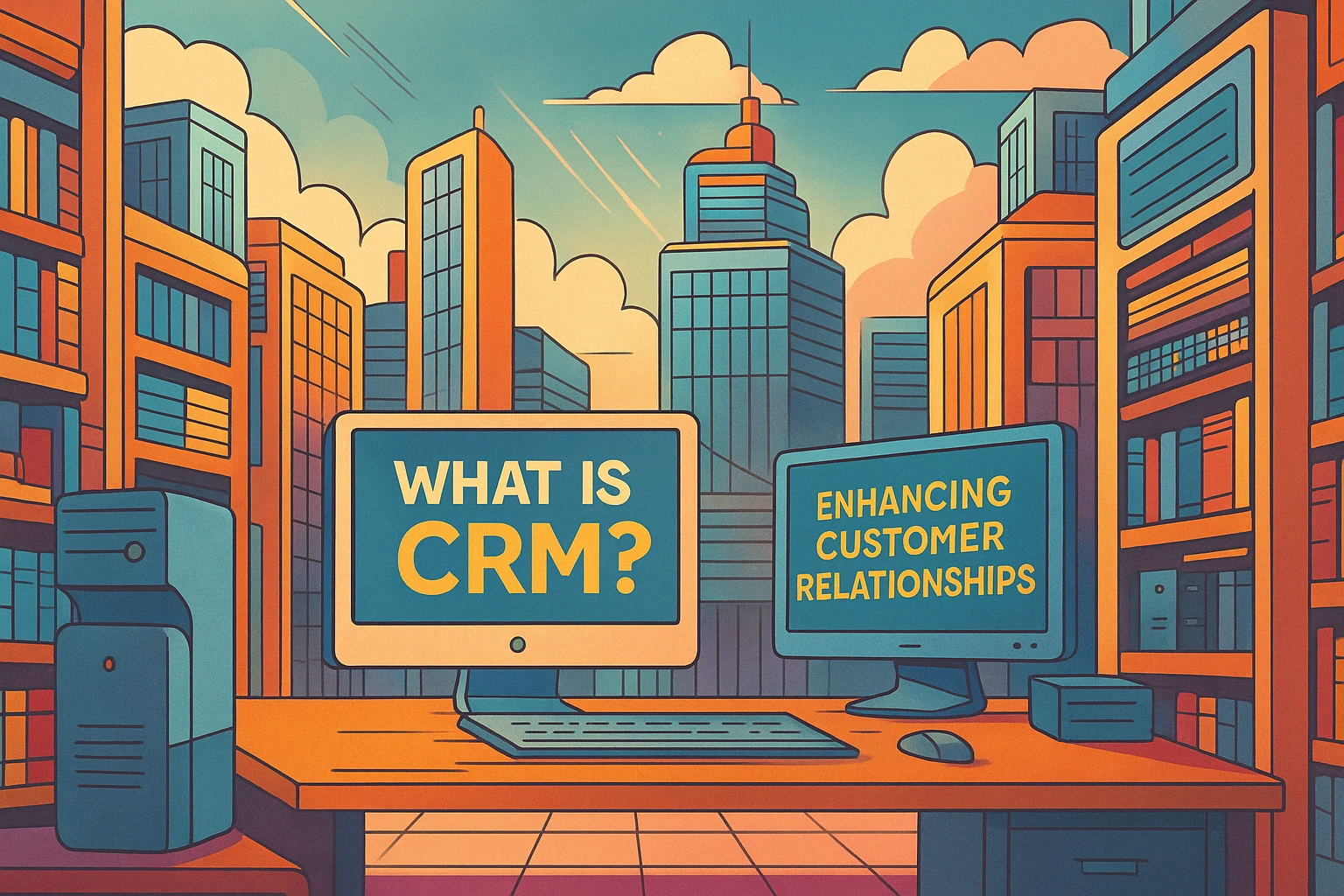Cloud Data Warehousing vs. On-Premise
Discover pros and cons to choose the best solution for your business needs, security, and scalability.

Choosing the right data warehousing solution is a critical decision for businesses aiming to leverage their data effectively. Two primary options are available: cloud data warehousing and on-premise data warehousing. Each approach has its own set of advantages and disadvantages, making it essential to understand which is best suited for your business needs. This article explores the pros and cons of both cloud and on-premise data warehousing to help you make an informed decision.
Understanding Cloud Data Warehousing
Cloud data warehousing involves storing and managing data on remote servers accessed via the internet. These services are typically provided by third-party vendors such as Amazon Web Services (AWS), Google Cloud Platform (GCP), and Microsoft Azure. Cloud data warehouses are known for their scalability, flexibility, and ease of use.
Pros of Cloud Data Warehousing
- Scalability: Cloud data warehouses can easily scale up or down based on your business needs, making it a cost-effective solution as you only pay for what you use.
- Cost-Effective: There are no upfront hardware costs, and maintenance expenses are significantly lower compared to on-premise solutions.
- Accessibility: Data can be accessed from anywhere, allowing for remote work and collaboration.
- Flexibility: Cloud solutions can integrate with various data sources and applications, providing a seamless data management experience.
- Automatic Updates: Cloud providers handle software updates and security patches, ensuring that your system is always up-to-date with minimal effort on your part.
Cons of Cloud Data Warehousing
- Data Security: Although cloud providers offer robust security measures, there is still a level of risk involved in storing data off-premises.
- Compliance Issues: Some industries have strict regulatory requirements that may be challenging to meet with cloud storage.
- Latency: Depending on the internet connection and location of the data center, there may be latency issues affecting data retrieval times.
- Dependency on Vendors: Relying on third-party providers means your business is dependent on their reliability and performance.
Understanding On-Premise Data Warehousing
On-premise data warehousing involves storing and managing data on local servers within an organization's physical premises. This approach provides complete control over data management and security but requires significant upfront investment in hardware and ongoing maintenance.
Pros of On-Premise Data Warehousing
- Data Security: Having data stored on-site allows for greater control over security measures and data protection.
- Compliance: Easier to meet industry-specific regulatory requirements by maintaining data on-premises.
- Performance: Typically offers lower latency as data is stored locally, providing faster access and retrieval times.
- Customization: Businesses can customize their data warehousing infrastructure to meet specific needs and preferences.
Cons of On-Premise Data Warehousing
- High Initial Costs: Significant upfront investment in hardware and software, along with ongoing maintenance and upgrade costs.
- Scalability Issues: Scaling up an on-premise solution requires additional hardware purchases and can be time-consuming.
- Maintenance: Requires dedicated IT staff to manage, maintain, and troubleshoot the infrastructure.
- Limited Accessibility: Remote access can be more challenging to implement and secure compared to cloud solutions.
Making the Right Choice for Your Business
Deciding between cloud and on-premise data warehousing depends on various factors, including your business size, industry requirements, budget, and long-term goals. Small to medium-sized businesses might find cloud data warehousing more advantageous due to its cost-effectiveness and scalability. In contrast, larger enterprises with stringent security and compliance requirements might prefer on-premise solutions for greater control and customization.
Ultimately, the choice between cloud and on-premise data warehousing should align with your organization's specific needs and strategic objectives. Consider conducting a thorough assessment of your current infrastructure, future growth plans, and regulatory obligations to make an informed decision.






